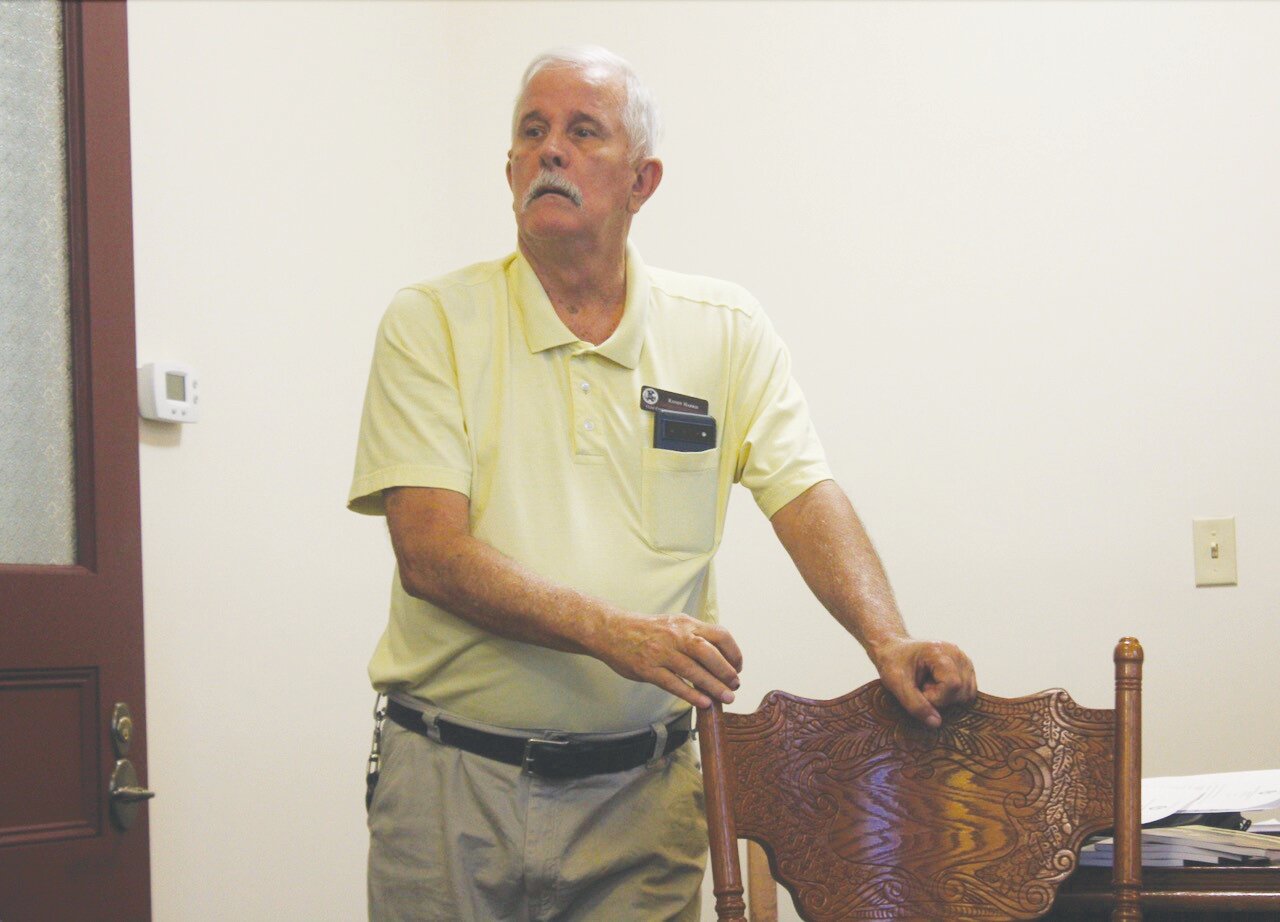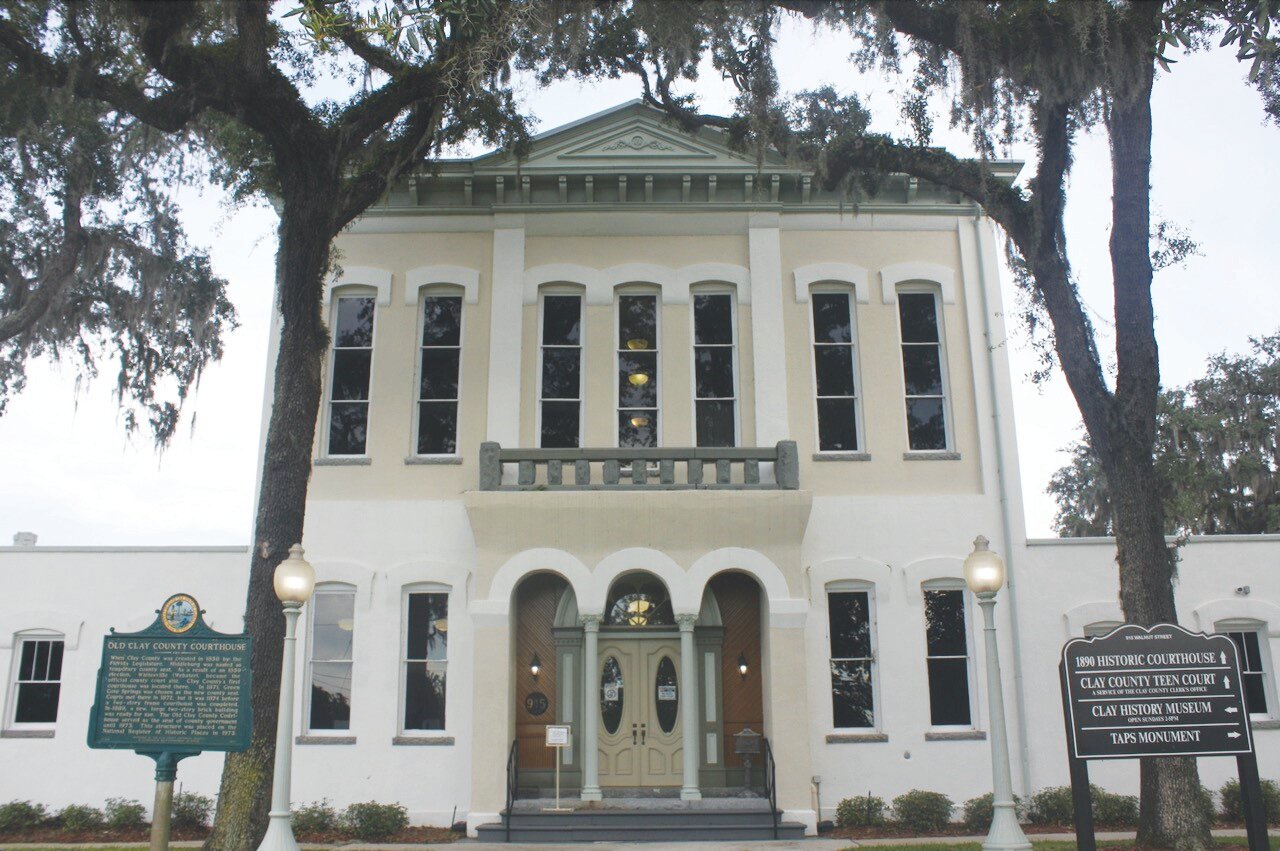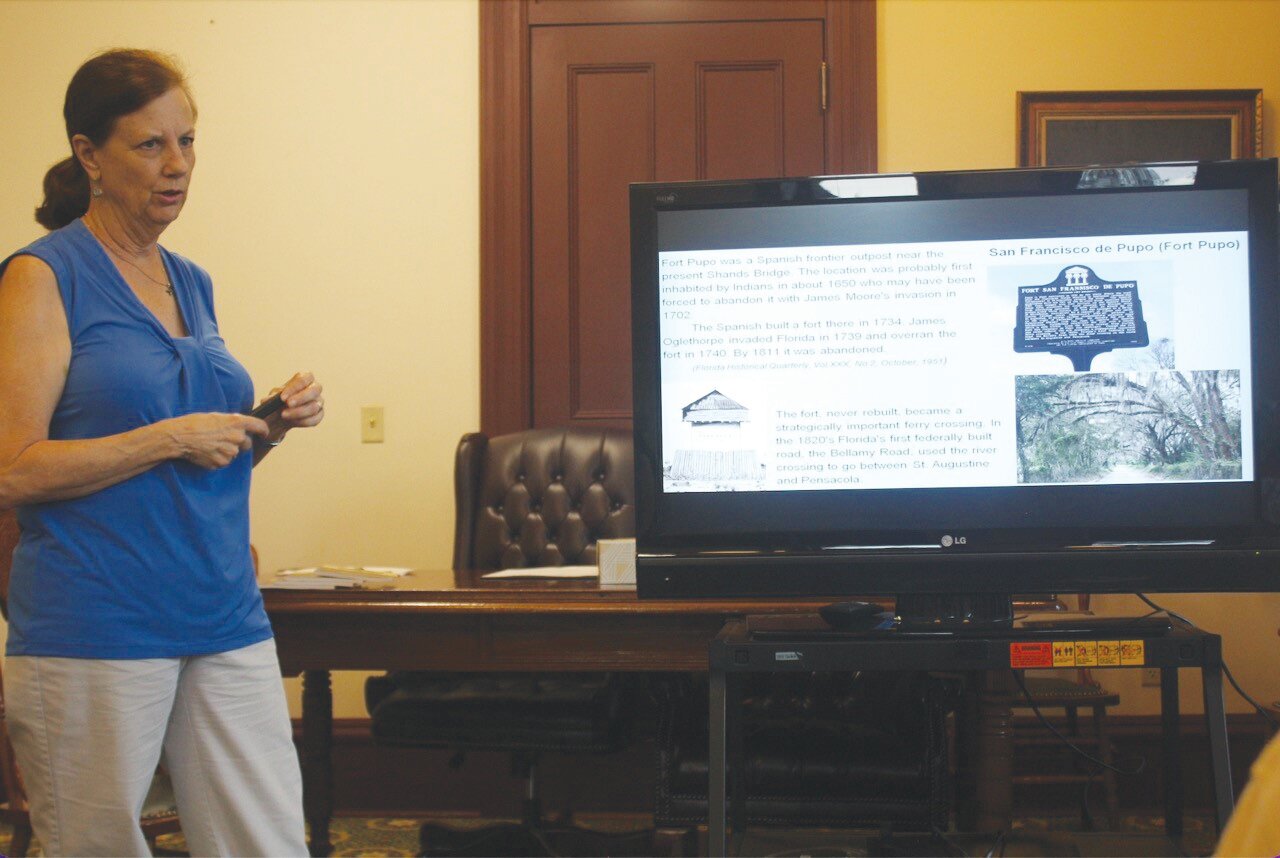Historians tell stories of rich history of Clay County
GREEN COVE SPRINGS – Members and guests were treated to a compelling presentation on the history of Clay County and the greater Jacksonville area during the Historical Society meeting.
Cynthia …
This item is available in full to subscribers.
Attention subscribers
To continue reading, you will need to either log in to your subscriber account, below, or purchase a new subscription.
Please log in to continueDon't have an ID?Print subscribersIf you're a print subscriber, but do not yet have an online account, click here to create one. Non-subscribersClick here to see your options for subscribing. Single day passYou also have the option of purchasing 24 hours of access, for $1.00. Click here to purchase a single day pass. |
Historians tell stories of rich history of Clay County
GREEN COVE SPRINGS – Members and guests were treated to a compelling presentation on the history of Clay County and the greater Jacksonville area during the Historical Society meeting.
Cynthia Cheatwood, President of the Historical Society of Orange Park and author of “Orange Park (Images of America),” a book presenting the town’s history through images, historical society records, newspaper columns, and published and unpublished accounts, took residents to their roots with a colorful speech and slideshow.
The historian took residents on a journey that begins in 1650, Cheatwood, tracing county and area history nearly 400 years last Monday night.
The Historic Courthouse served as a perfect stage for her show, beginning at Fort Pupo, a Spanish frontier outpost near the present Shands Bridge in Green Cove Springs. The fort was likely first inhabited by Native Americans at the time, who were forced to abandon it following James Moore’s invasion in 1702.
Clay County experienced what the historian said was one of her favorite periods: British Control of Florida and the British Plantations era.
It all started when the Treaty of Paris made the Spanish give Florida to the English in return for Cuba. The British divided Florida into two distinct colonies at the Apalachicola River. St. Augustine remained the capital of East Florida, and Pensacola became the capital of West Florida.
She recalled stories of influential people, big-decision makers and savvy businessmen of past eras.
During the British period, British Gov. Patrick Tonyn, who developed 20,000 acres between Black Creek and present Green Cove Springs, which included an indigo plantation where Camp Chowenwaw currently sits, fit the description of that label.
Cheatwood’s presentation took the audience through the American Revolution, where Florida remained loyal to England. After England lost the war, a renegotiated Treaty of Paris allowed the Spanish to reoccupy the land.
One of the most gripping stories Cheatwood shared was the rise of power of Zephaniah Kingsley. Today, Orange Park’s main road running north and south is named Kingsley Avenue.
Kingsley, the son of a loyal British exile merchant exiled to Canada after the war, purchased and developed many lands in Clay and Duval counties, including Laurel Grove, which he transformed into a significant indigo plantation operation on the banks of Doctors Lake.
When Kingsley was away on work travel in in 1812, his wife, a slave named Anna, had to make a decision. And quickly.
That’s because U.S. forces from the Patriot’s Rebellion arrived at Laurel Grove, which was thriving.
Anna burned down the property to dissuade the enemy, and she and Kingsley would never look back. The couple would relocate to Fort George Island.
Named after Henry Clay, a lawyer, planter, statesman, and congressman who never visited Florida, the county wasn’t incorporated until 1858. The Civil War followed with four battles in Clay.
A booming era of hotel tourism in Green Cove Springs, Orange Park and Fleming Island followed, with the Clarendon Hotel being a staple of the era. Ferries transported northern tourists to the hotel, who were mesmerized by the pristine waters and palm trees.
J.C. Penney’s experimental village, Penney Farms, was introduced in 1927, and Camp Chowenwaw, a 42-acre parcel, was established as a Girl Scout camp in the 1930s.
Also enthralling, Camp Blanding, a major training ground for World War II soldiers which has seen more than 750,000 men and women pass through its gates, served as a German Prisoner of War compound during the war. Considered a “friendly” compound, many Germans stayed in the area and opened businesses following the conflict.
Randy Harris, President of the Clay County Historical Society, said several cemetery preservation groups are forming in the county.
“With quite a few cemeteries in the county, and some of them need maintenance and upkeep,” he said.












